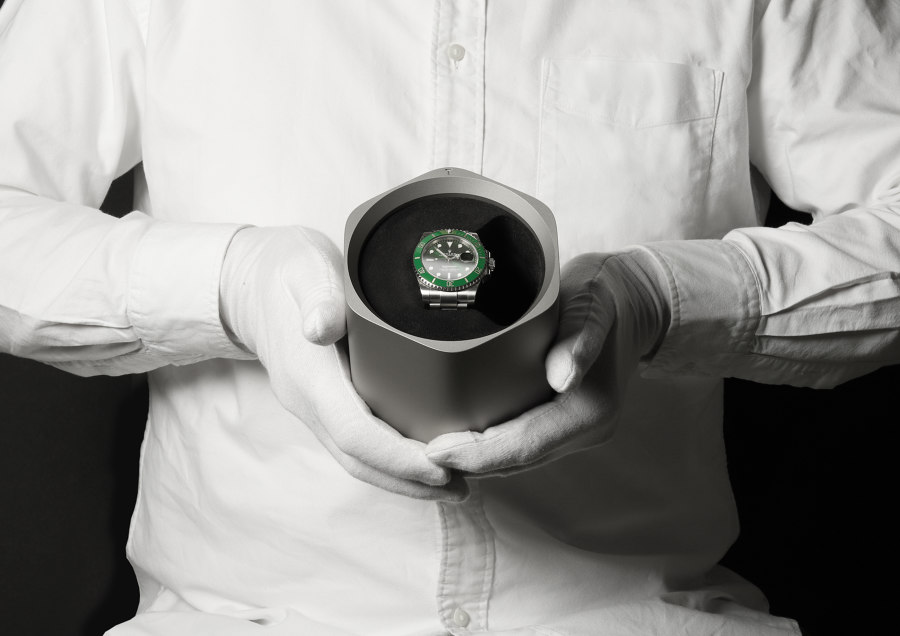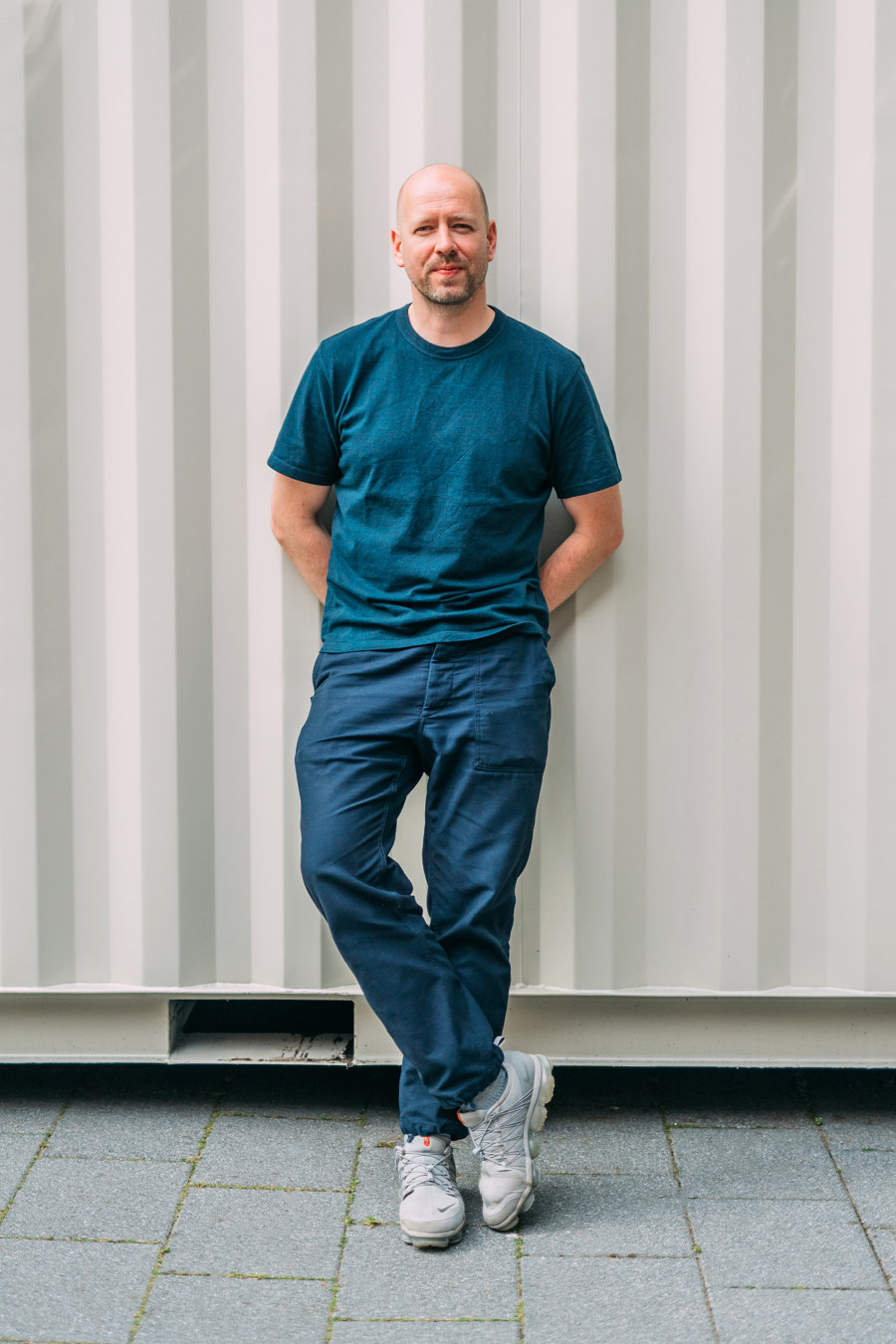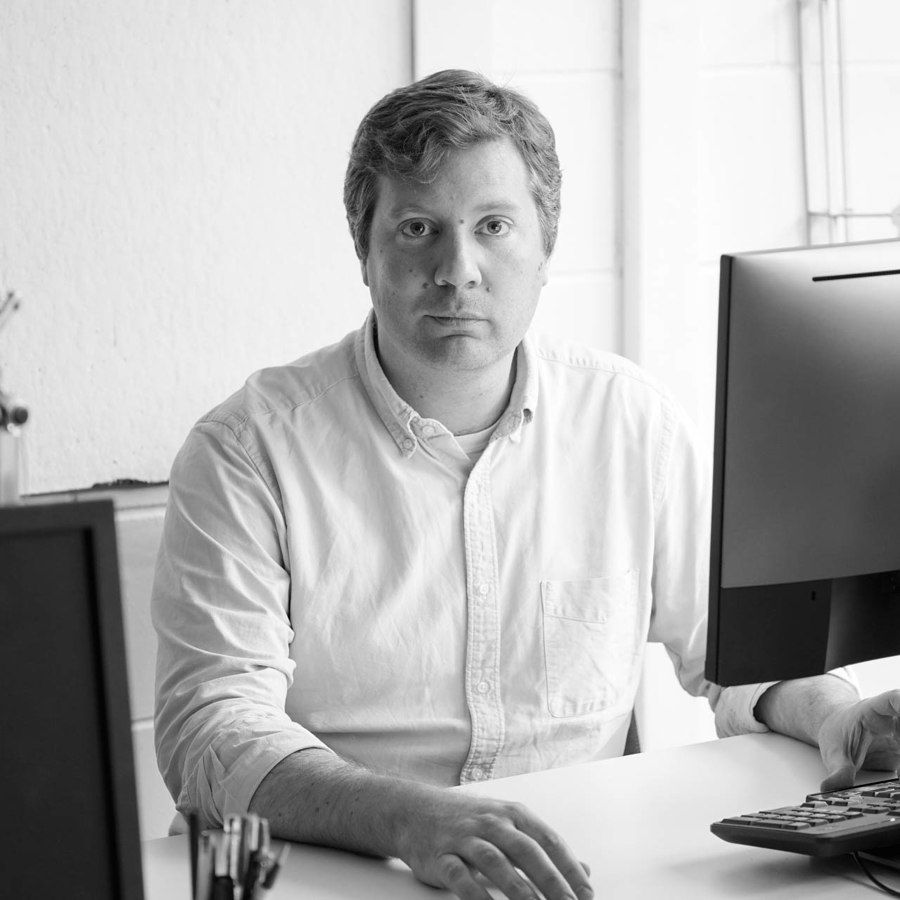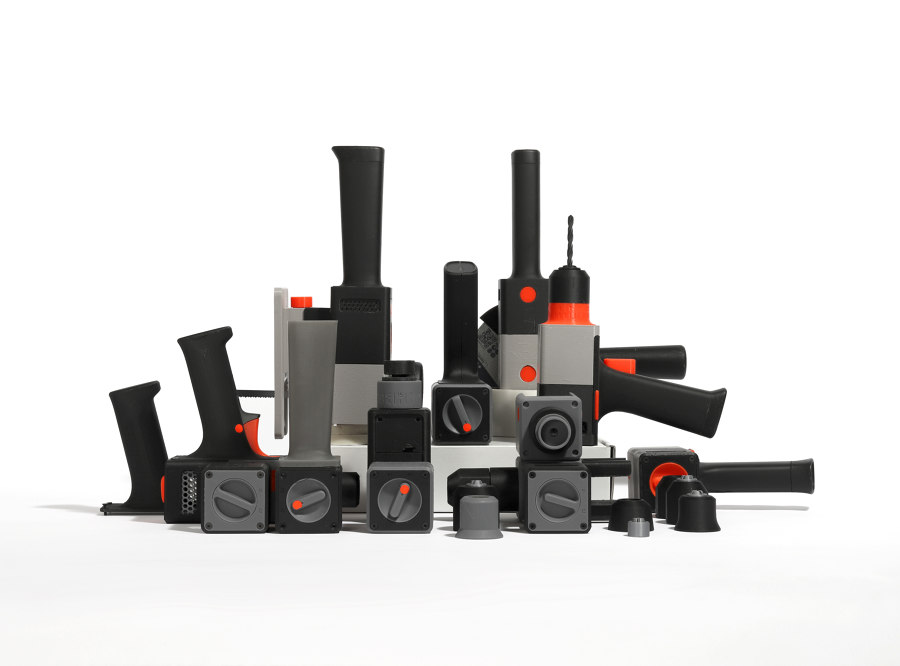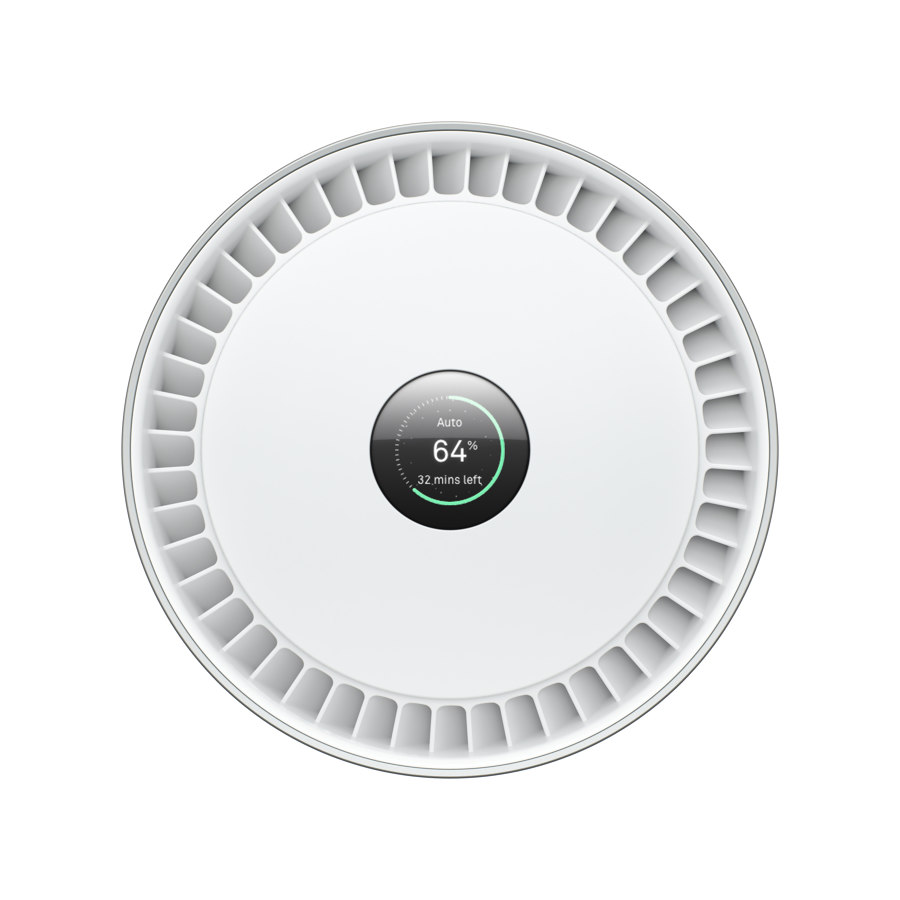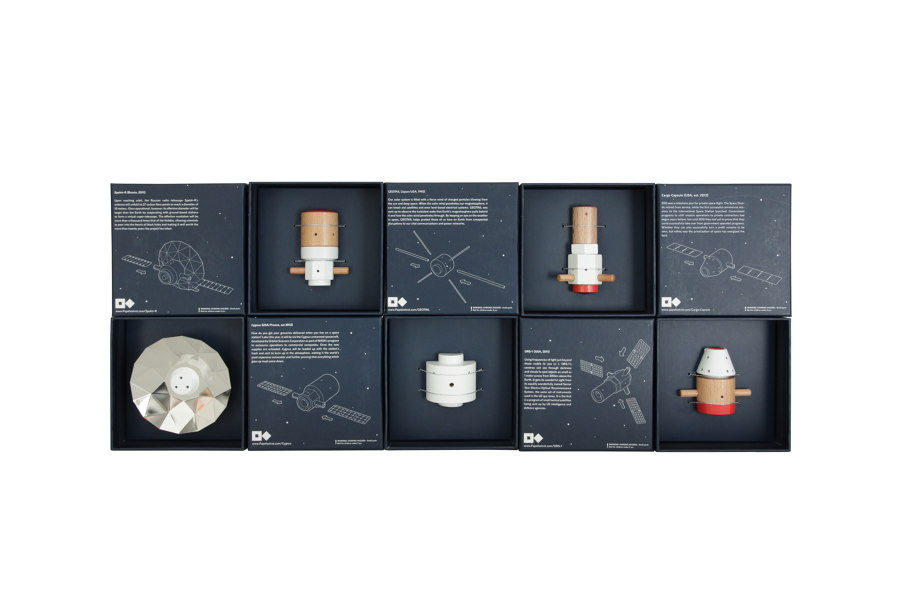Design, sustainability and the circular economy: PostlerFerguson explains
Text by Simon Keane-Cowell
Zürich, Switzerland
13.09.22
Martin Postler of innovationist industrial-design studio PostlerFerguson reminds us of the challenges to, and the potential for, the design industry adopting a truly circular economy.
PostlerFerguson is a London-based design studio, working on products, spaces, and strategies
Architonic: How would you describe a circular economy? What are its aims?
Martin Postler: The circular economy is a production and consumption process that – in theory – generates products that are long lasting, repairable and recyclable, and can be consumed by a more appreciative user who values the product more and uses it longer so less waste is generated.
Design plays a key role in not only the production of products that are as sustainable as possible but also in convincing people to use and value them
The circular economy is very much an idea rather than a guideline, and it‘s open for interpretation since it has to be applied to so many different products that are used in so many different ways by so many different people. In my opinion, the term ‘circular economy’ comes from the right angle of thinking, since it suggests a perpetual moment of a product lifecycle which could mean a recycling moment of returning materials to their original state but it can also mean a cycle of usage, repair and upgrade.
Martin Postler (top) and Ian Ferguson (bottom), directors and founders of PostlerFerguson
How can we map circularity onto design?
Designers need to understand that circularity needs a good set of skills and expertise. We need to talk to product engineers, product managers, material-sourcing people on eye level. Designers are in a pretty unique and advantageous position within the product development process. We are able to use design to excite and convince a producer to go new ways.
Designers need to put their foot down and involve themselves in product planning decisions
Designers always get involved when something new is to happen which is a great opportunity to get many decision-makers around the table. We can open up perspectives that no one has thought of and offer the imagery, prototypes or materials to convincingly make our case. We are able to introduce new, sustainable and potentially unusual materials and production techniques to a wider audience, pushing the boundaries of acceptance of new aesthetics. We can tell stories by highlighting new ways of use and consumption.
But we can also work with companies to add value to a product ecosystem that goes beyond production, distribution and service. Design plays a key role in not only the production of products that are as sustainable as possible but also in convincing people to use and value them.
Drill tool for PostlerFerguson's Werkzeug Project (top) and the Batband bone conduction headset (bottom), designed for all-day use
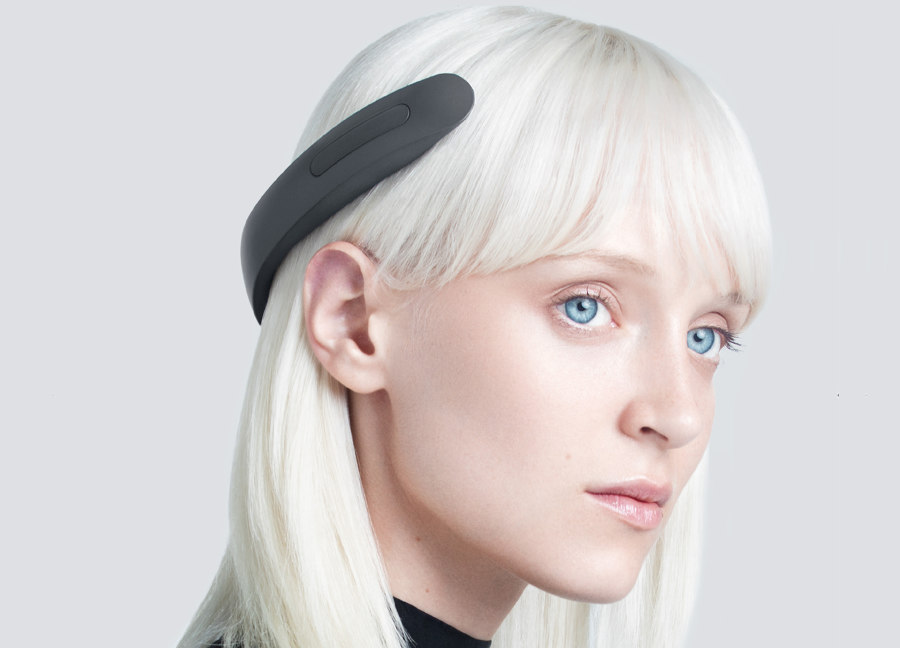
Drill tool for PostlerFerguson's Werkzeug Project (top) and the Batband bone conduction headset (bottom), designed for all-day use
×What are the key challenges for designers?
The key challenge for designers is to lead the way in convincing consumers and manufacturers to make the right choices. Here lies the core challenge of the design industry. We are traditionally a service-based industry that delivers solutions based on a client‘s briefing. But to really be of value we need to be involved in the development of design briefings, meaning we need to make this a mandatory part of our offer. Designers need to put their foot down and involve themselves in product planning decisions. As much as we claim expertise on aesthetics, style and functionality, for us, we need to also dominate the discussion regarding circularity and sustainability.
Each project is researched and viewed in a broad context, maximising potential and resulting in solutions that combine an immediate sensory appeal and an underlying conceptual nuance
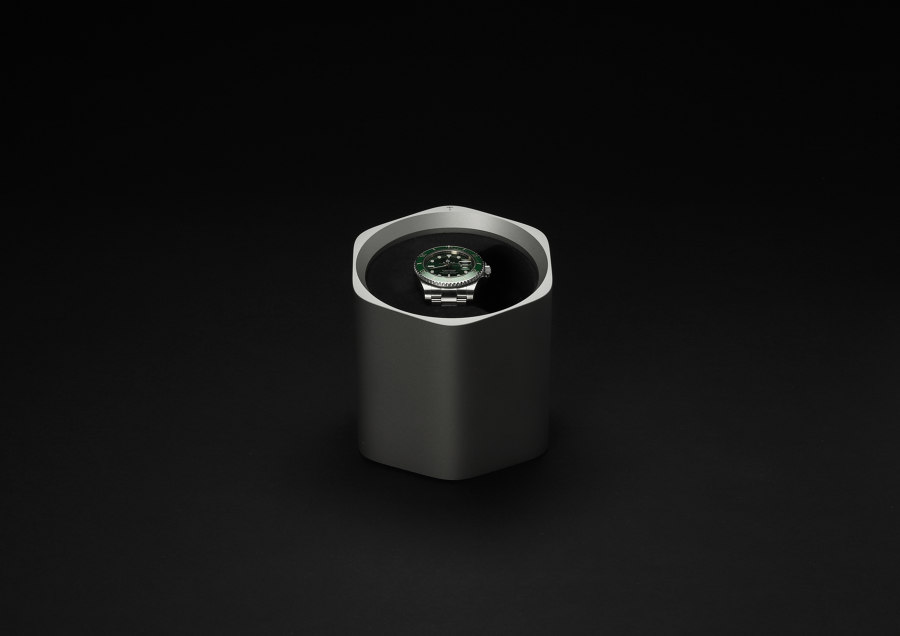
Each project is researched and viewed in a broad context, maximising potential and resulting in solutions that combine an immediate sensory appeal and an underlying conceptual nuance
×What are the key challenges for manufacturers?
I believe that the real challenge will not lie with the brands and producers at the upper part of the value chain. These companies often are brands that produce their own products or at least assemble them and are in control of the production process. The vast majority of companies source products from third-party manufacturers and don’t have the resources to ensure suppliers follow good principles.
The real challenge is how to get the ‘low end’ of manufacturing to adopt circularity, to define what circularity actually means for those businesses and how to turn it into a profitable strategy rather than an inconvenience.
The Molekule Air Purifier (top) uses untreated materials to form its efficient aerodynamic design
What is Platform Thinking and how does it help us?
While we at PostlerFerguson think that the idea of a circular economy is an absolute necessity, we also think that we are currently lacking a tangible strategy to effectively practise it. This strategy can not only be about sustainability and economics, it also has to be rooted in a new consumer culture that values different ways of consumption. To not only trigger these processes but also implement them, we think that industrial design is situated perfectly at the intersections between production and consumption, between commerce and culture, fabrication and resources planning.
Platform Thinking builds on the idea that long-term use is something that consumers actually value
We’ve developed an approach called Platform Thinking – a design-led strategy for development and product planning that is our tool to help companies to build their own circular economy and it really just asks one question: ‘How can we design perpetual moments of added value into the lifespan of a product?’
PostlerFerguson's wobbling Buoy Lamps collection (top) and one of the Designa coinless parking terminals installed at JFK airport in New York

PostlerFerguson's wobbling Buoy Lamps collection (top) and one of the Designa coinless parking terminals installed at JFK airport in New York
×These moments of added value are based on a product that acts like a platform that supports change, rather than a closed system. This approach presents manufacturers and designers as well with a whole set of new challenges and opportunities. If we think of a product-user scenario over a period of time, we see an interesting correlation emerge. Over time, a product often loses value due to breakage, wear and tear as well as outdated technology, while the user actually grows appreciation and connection towards the product due to routine, added-value in daily life or simply the joy of use and identification. In short, while many products lose their value over time, they might actually gain value in the eye of the owner. Platform Thinking builds on the idea that long-term use is something that consumers actually value and to design products that make this possible.
To design, engineer and implement unique product platforms will be one of the main jobs that we will do in the coming years. This will open up enormous opportunities for manufacturers and brands to build long-term relationships with their customers, to learn from their experiences, to create new offerings and to build an ecosystem that goes far beyond current business models.
© Architonic
Head to the Architonic Magazine for more insights on the latest products, trends and practices in architecture and design.
